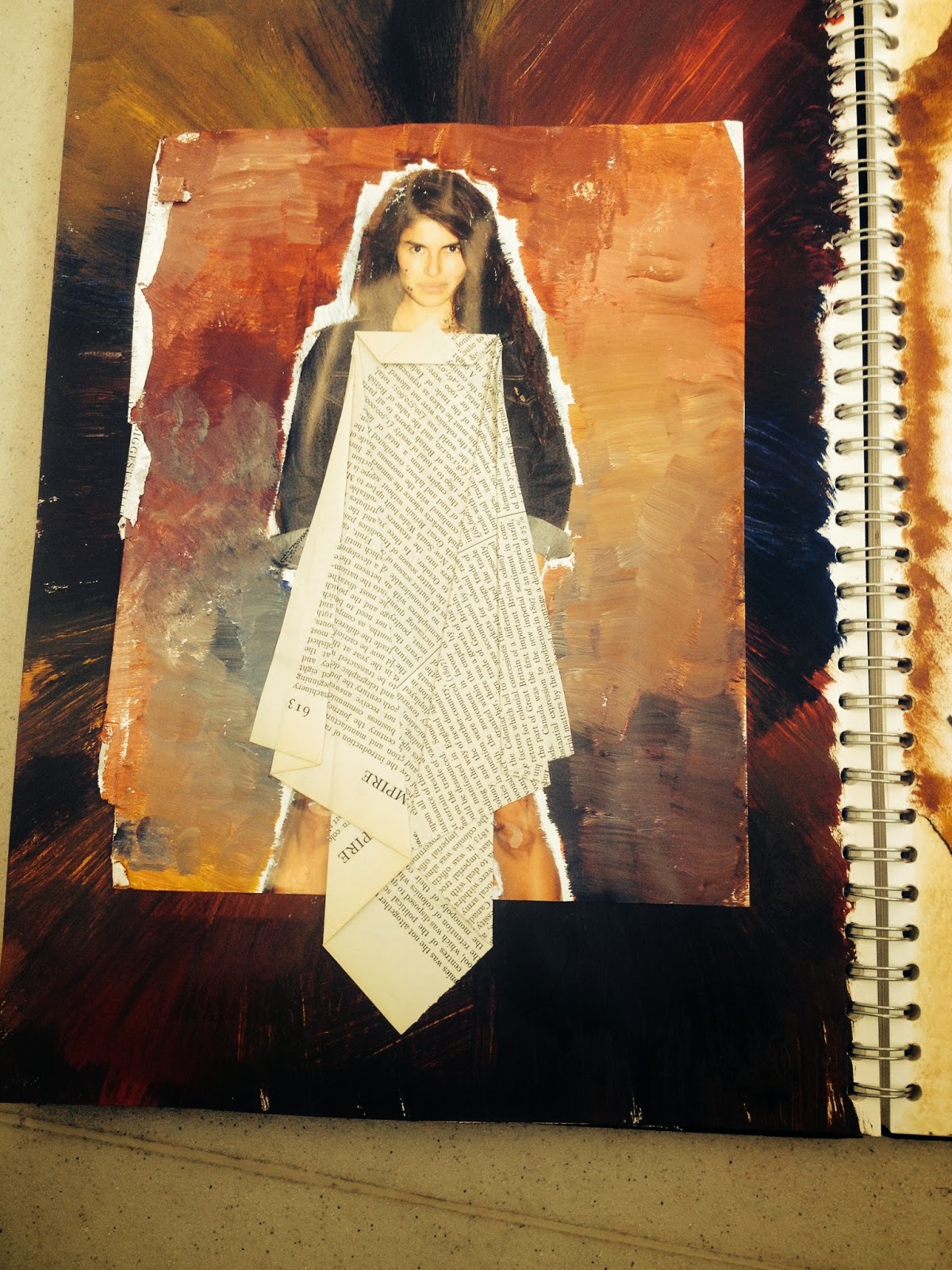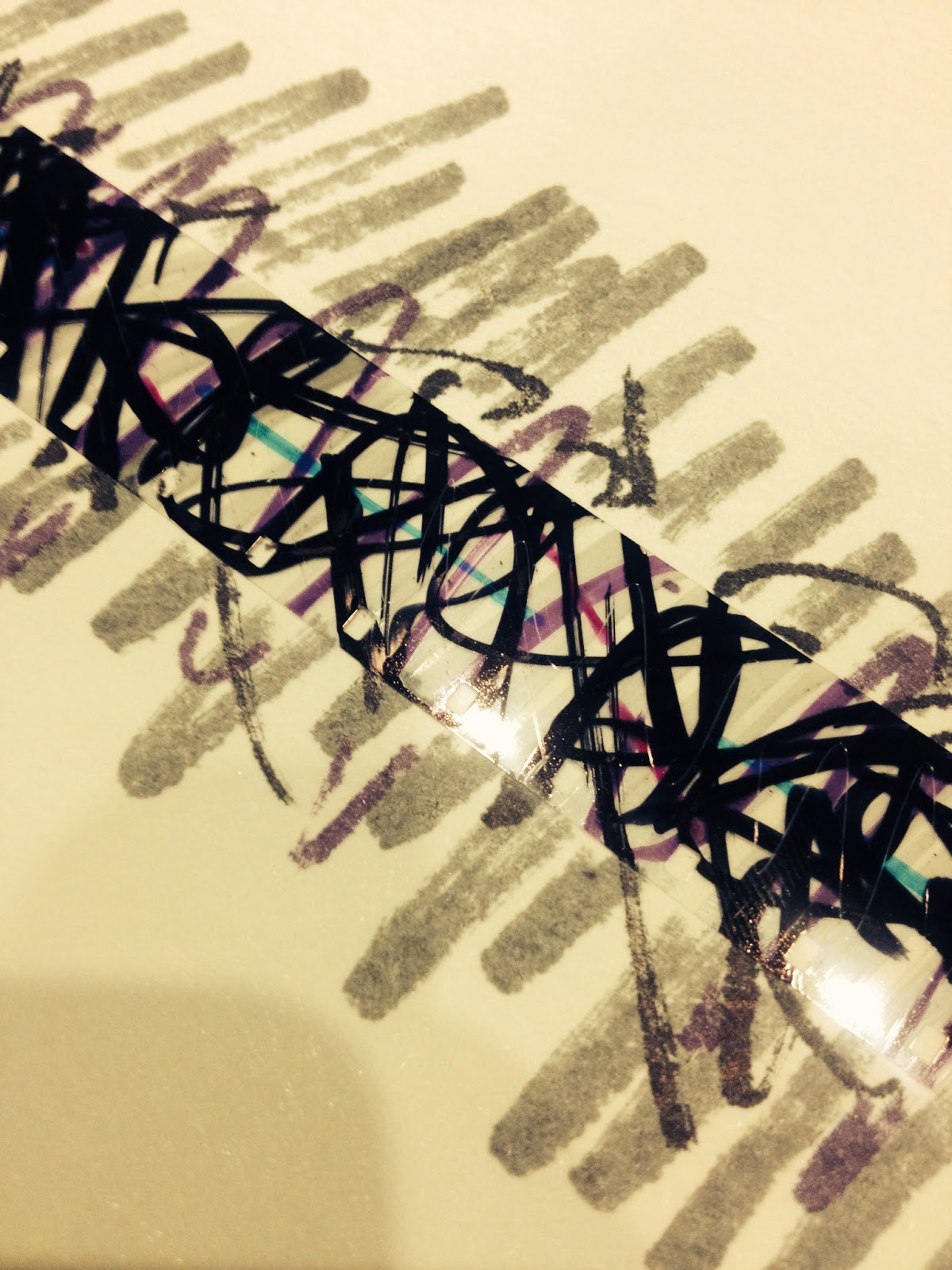In Julien Robert's Subtraction Cutting guide he demostrates different techniques to produce garments. Using the pattern cutting technique called displacement I have created the experimental garment shown below.
After drafting a basic bodice, front and back, the pattern is drawn onto the fabric connecting the bottom seams together, cut and sewn to make an asymmetric dress. The construction method is rather simple and drape achieved through this technique creates interesting shapes without being very time consuming.
The irregular shape created by the displacement technique reminds me of Comme des Garçons' designs.
Very little of the actual material used is wasted compared to a more traditional pattern cutting technique how ever after completing the sample garment it is clear that much more fabric would be needed to produce a final garment.

This approach to garment construction is a contrast to my pervious work by the relaxed style and shape.
To try and contain a little more structural shape to the dress I decided to add diamond darts to the front.
However I dislike the the final outcome because I feel that the garment doesn't flow as nicely and has lost appeal by the addition of the darts with the loss of the natural unstructured drape.
For future designs I could potentially bring in elements of subtraction cutting to give my designs a unique edge but with the amount of fabric needed to create a full finished dress is not feasible and personally I would prefer a little more of a tailored shaped.
















































